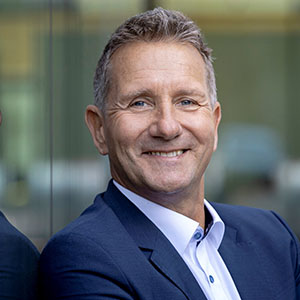This is what we hate to see when sitting in an aircraft, ready to leave. It means the airspace is congested, the weather is bad or processes on the ground have not been working properly.
All of you have for sure been flying. Flying is just another way of travelling. When taking the car to going for vacation first thing you do is to check your car and pay the gas station a visit to take as much fuel as you need.
A modern standard for electronic exchange of fuelling data can make the difference between leaving on time or not.
The airlines are exactly doing the same! Just a little difference… the gas station is coming to the aircraft. Here we are. The Pilot, the fueler, the airport, the operations control, the weather ….and the delay !
As many of you have seen already it takes quite a while to have passengers on board and disembarking. This process eats a lot of time and leaves the fueler with just a little window to fuel the aircraft.
Until now most of the airlines and Fuellers around the world have to rely on verbal communication and cumbersome paper works around the process. This takes time, is sometimes inaccurate and could also lead to misunderstanding, furthermore it requires a complex and slow back-office process to reconcile invoices, have them send to the respective oil-company that then would finally produce an invoice to be sent to the airline. With more than a million fuellings a year for the Lufthansa Group alone you can imagine that there is room for improvement. How can we get rid of the paper?
The answer is right in front of us: Digitalization.
The Airline Community with Lufthansa being one of the leading companies has developed a standard that will allow all stakeholders mentioned above to communicated earlier, faster, more reliable and at the end safer. Through various ways of communication used on the ground when handling an aircraft.
Electronic exchange of fuelling data existed already on larger airport around the world but due to the lack of a standard every fuelling service had to carry those devices (handhelds, tablets, phones, car-pcs) to meet to the requirements of airlines and fuel suppliers.
With a modern standard it is now possible to provide the fueller in advance with fuel volumes required, to send the exact arrival time, to allow the fueller to start fuelling with no verbal communication with the crew, get an electronic confirmation from the flight deck and can leave to his next operation without having to wait for a signature from the pilot. Fuelling must normally only take when there are no passengers on board. In a small window of not more than 15 min for a fuelling this electronic process can make the difference between leaving on time and the pilot telling you “we have a slot”.


